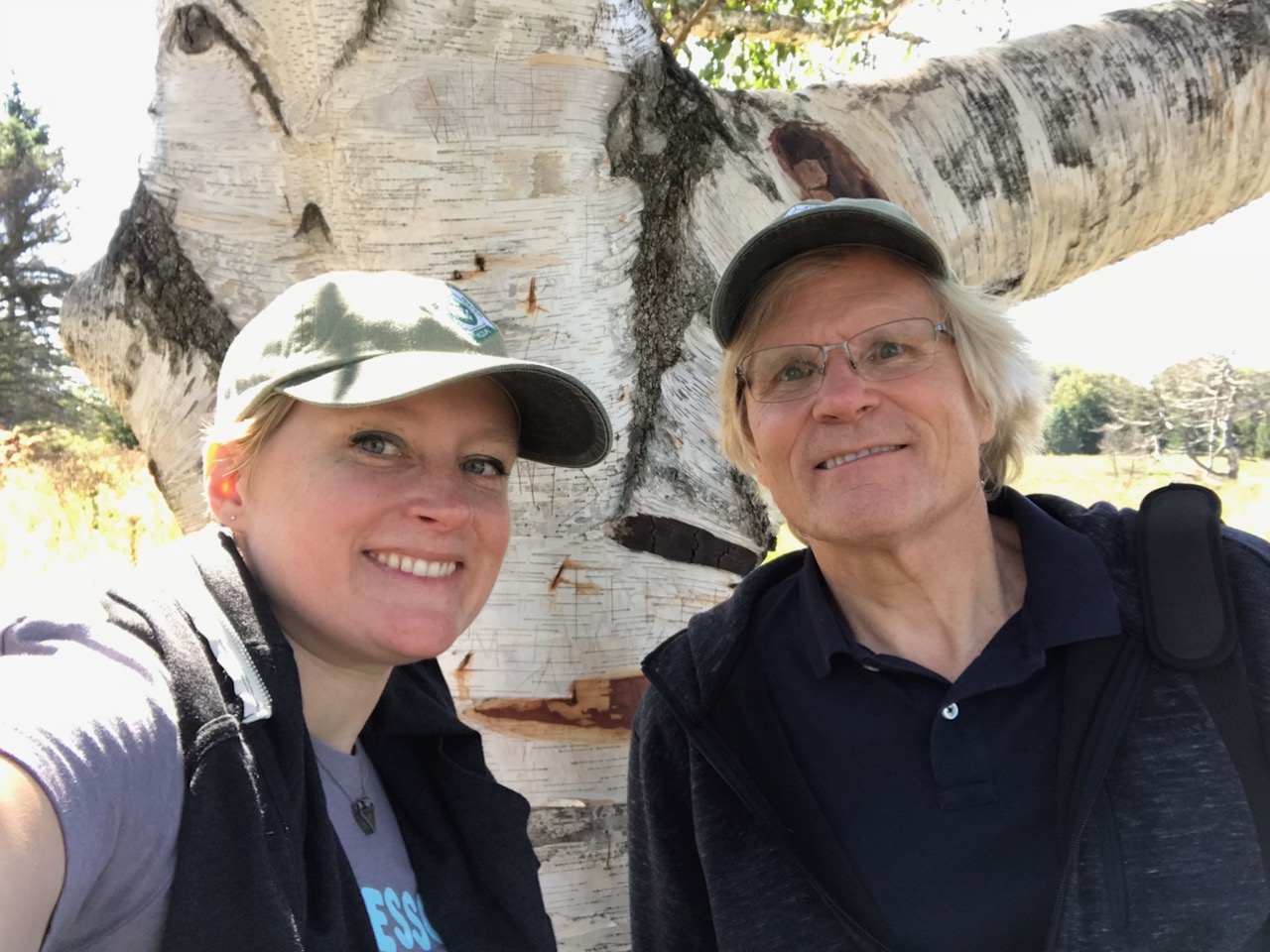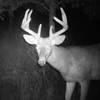



Chestnut oak is the most adaptable northeastern oak in terms of soils. It is also surprisingly adapted to alkaline soils as well as clay based soils. It is kind of the oak that will grow well even in urban conditions. The name rock oak is fitting as it can grow in essentially rock with a bit of soil mixed in. Today it is harvested for its wood. It is normally not considered as an oak tree for shade trees or ornament and you don't see it in the conservation listings usually. When I was growing it in my nursery, I found it easy to transplant and started growing it from acorns collected in a park in Pennsylvania. These turned out to be excellent trees. As time went on, I kept the more 'pure' species types and put a few out in my plantings. I noticed there was a difference in form in some of them too and left one small group of 4 trees that really had developed caliper quickly and a strong central leader growth habit. These and the other trees in my plantings represent this Pennsylvania strain very nicely. The hybrids are listed separately on this website.
Chestnut oak could be used extensively for its acorn production as well as its fast growth for windbreaks. Its ability to survive drought, grow in poor soil is a great attribute. You can direct seed chestnut oak. The large acorns work very well for that. They usually sprout right away after collection but not quite as quick to do that compared to white oak. Chestnut oak is in the white oak family and it does hybridize but it is not as common as other hybrids. Chestnut oak acorns are usually free of weevils. Trees can easily be limbed up to create a strong 16 ft. trunk over time. It is compatible and somewhat shade tolerant to other trees including walnut. That might be one reason why it persists in mixed plantings. If other trees get cut, chestnut oak will likely take their place temporarily. Lower limbs will naturally drop too when there is too much shade as the tree matures.
Varietal Selection: "Primus" represents one of the best seedlings I found with clean foliage, large leaves and strong upright growth. The fast grow of this selection was nearly twice that of other chestnut oak seedlings I had. If that were not enough the large acorns and big leaves made me think twice so the seedling was kept in its original location grown from seed. A Pennsylvania collected seed, 'Primus' has very good winter hardiness making it past -29F one winter although there was some frost crack on the main trunk. This selection could be grafted onto its acorns as well as other Quercus prinus rootstock. Scions are sent in the winter in dormant condition upon request with the seeds. "Primus" is an excellent seed source for creating a faster growing chestnut oak population for forestry use.
| Plant Specs |
| Genus & Species |
Quercus prinus |
| Seed Source |
Michigan |
